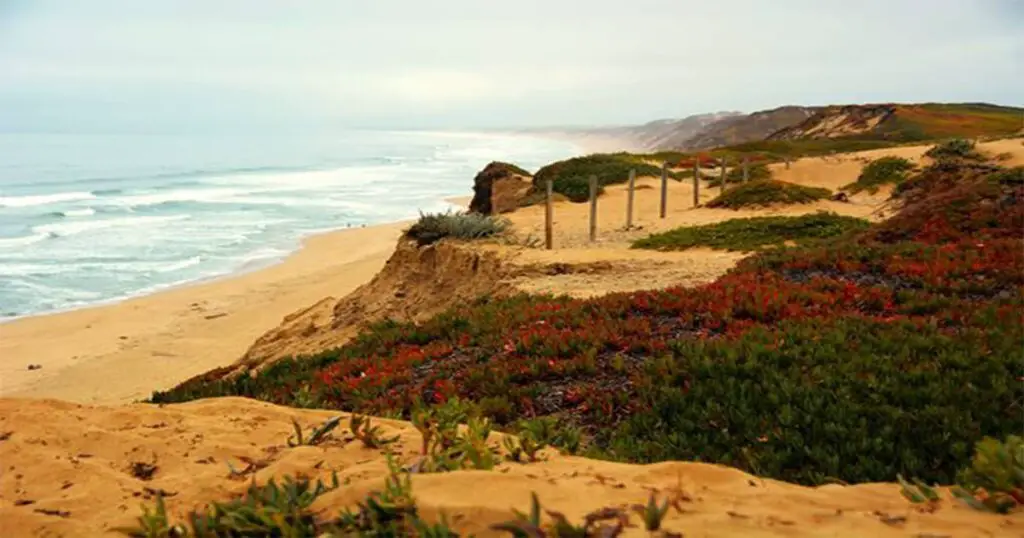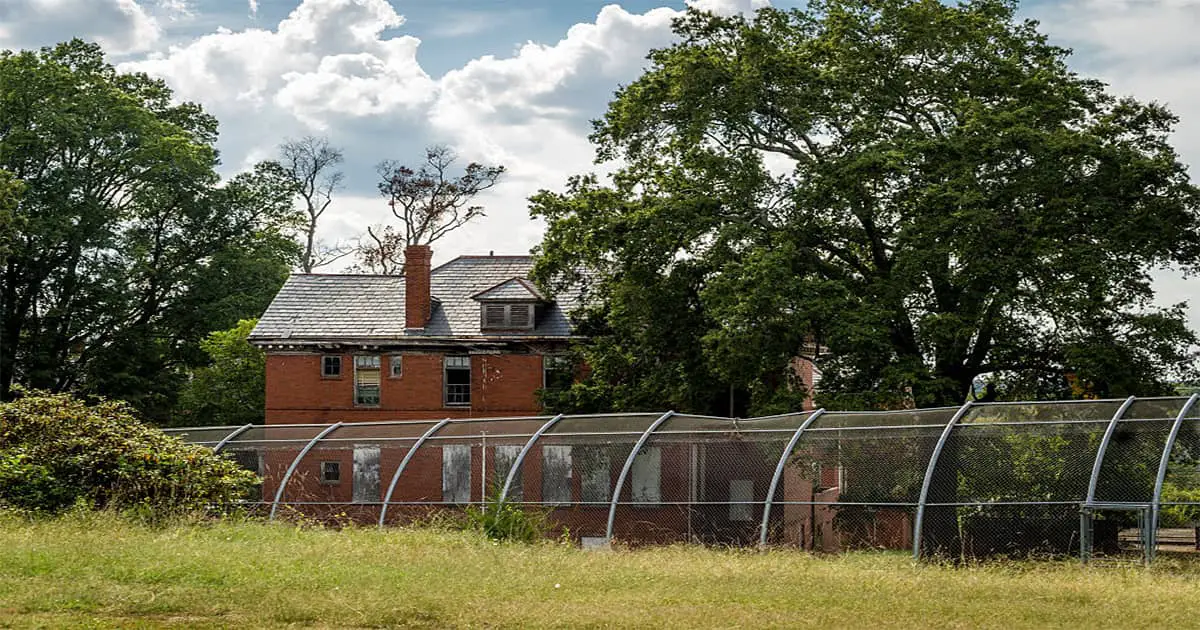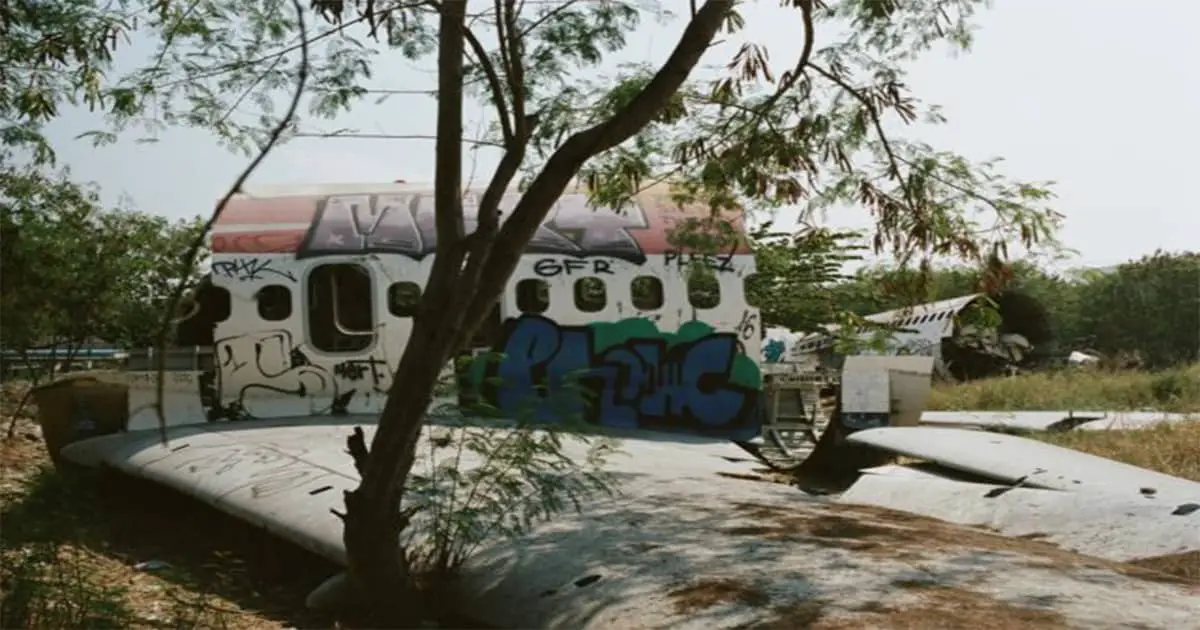Fort Ord is a symbol of the dedication and valor of those who served their country and fought in major conflicts throughout the 20th century. This area was a US Army base from 1917 to 1994 and has remained undeveloped. It was used as a training area and a staging area for deployments during the Vietnam War. Fort Ord was home to up to 1.5 million American troops.
FORT ORD WAS ONCE PRIZE ONE OF THE UNITED STATES. It was originally established as a field artillery target area on 45 miles of dunes, forest and coast along Monterey Bay in 1917. Because of the beautiful surroundings and pleasant weather, Fort Ord was considered fortunate.
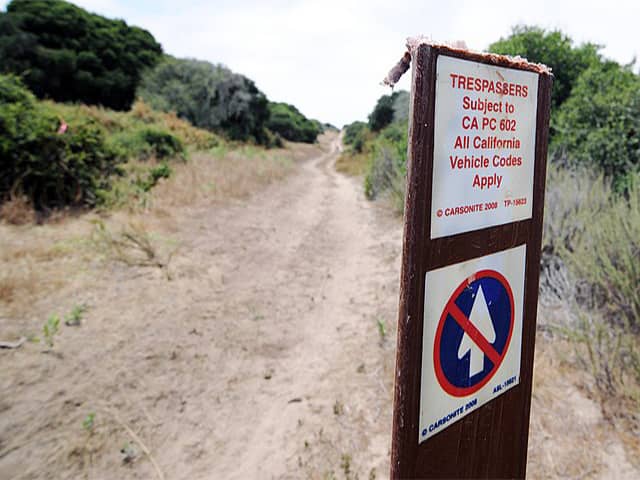
While there are many abandoned military bases across the United States, none are as prominently located as Fort Ord. This former US Army base is located in California’s Monterey Bay. A portion of its buildings are still in disrepair.
An artillery training area was created in World War I.
The Department of War bought land on Monterey Bay for the US Army’s artillery training area when the United States entered World War I. It was also known as the Gigling Reservation and the US Field Artillery Area.
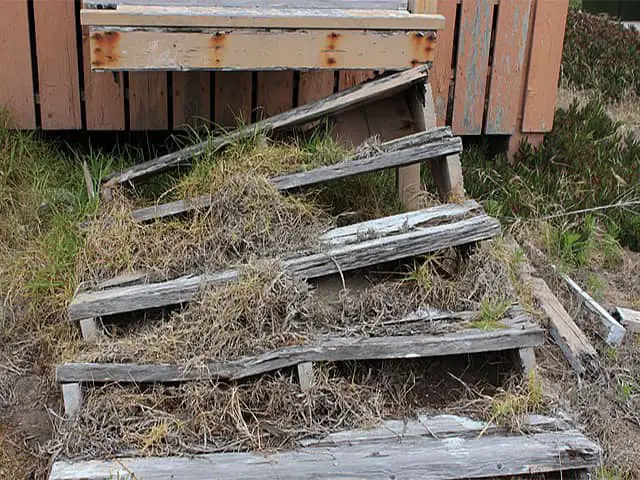
The training area was named Camp Ord during the interwar period after Union Army Maj. General Edward Otho Cresap Ord. The area was initially used by cavalry units. However, as the military became more sophisticated, combat units started to use it with tanks and movable artillery.
Camp Ord had a total of 2,000 acres by 1940.
Fort Ord is currently being built.
Monterey Bay’s proximity to the coast and California’s weather were two of the main reasons Monterey Bay was chosen as a location for a military base. Camp Clayton was formed as a series of subcamps around the fort. Camp Clayton was first home to the 147th Artillery, South Dakota National Guard.
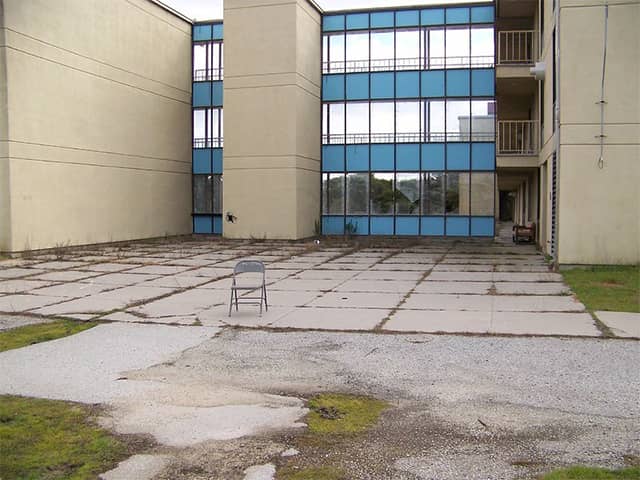
Between 1952 and 1954, the military contracted Del E. Webb Construction Company to construct 42 buildings for Fort Ord. The first buildings to be completed were the troops’ dormitories. They were followed by a stockade, guardhouse, quartermaster warehouses and administrative head quarters.
Fort Ord was used in the Korean War as well as the War.
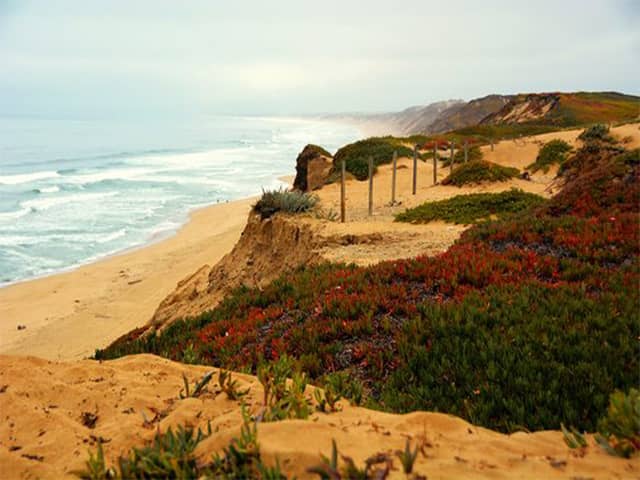
In the 1940s, Fort Ord was given its new name. In 1940, the 7th Infantry Division was reactivated and became the first major unit at Fort Ord. In 1947, the base became home to 4th Replacement Training Center.
Fort Ord was used as a staging ground for units that were preparing to fight during the Korean War in the 1950s and 1960s. It was again used for peacekeeping and occupation missions in South Korea and the Philippines. It was also used by units during the Vietnam War.
In 1957, the Combat Development Command activated the 194th Armored Brigade at the base. Later, it was transferred to Fort Knox in Kentucky. It was used as an infantry training facility for advanced and basic infantrymen, until the 7th Infantry Division returned from South Korea in 1976.
Follow us on Facebook: Abandoned Beauty
Concerns about the environment, and closure
After discovering a 150-acre landfill, leaking underground petroleum storage tanks and a leaking underground petroleum storage tank, the US Environmental Protection Agency suggested that Fort Ord be placed on the National Priority List (NPL). The government accepted the assessment and Fort Ord was placed on the National Priority List (NPL) in February 1990.
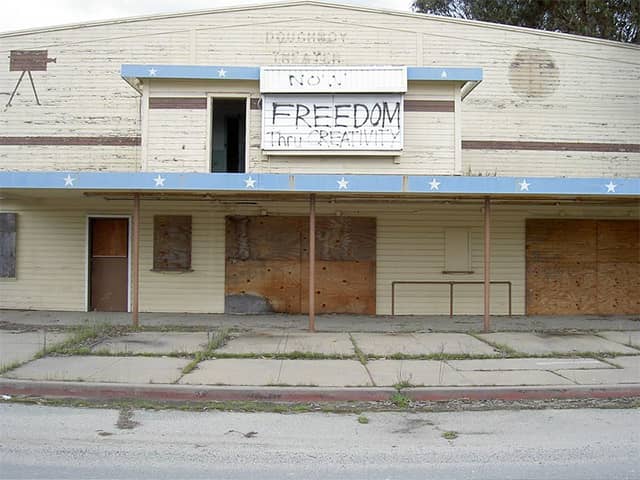
The Base Realignment and Closure Committee (BRAC) of 1991 recommended that Fort Ord, Washington be closed and its units moved to Fort Lewis, Washington due to environmental concerns. During the process of making the decision, units from the base as well as Marines from Marine Corps Base Camp Pendleton were sent to help in the suppression the 1992 Los Angeles Riots.
We are on Pinterest: Viral Eye
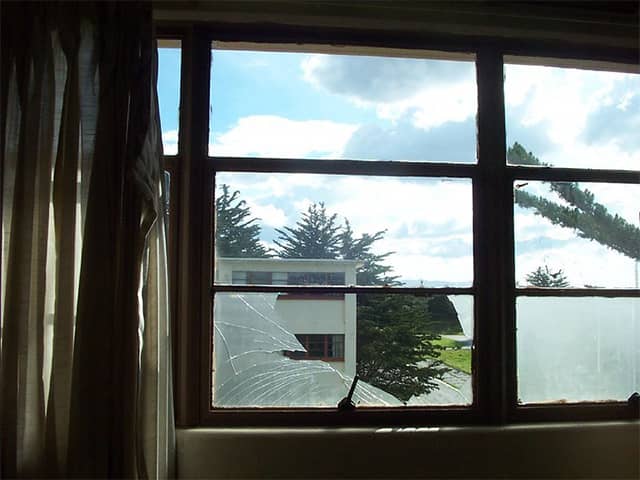
After the decision to convert the ex-army base to civilian use, the Army began extensive cleanup of the former military bases through two programs: the Soil and Groundwater Contamination Cleanup Program and Munitions and Explosive materials of Concern Program.
Fort Ord is used today
A proclamation by Barack Obama signed April 2012, enshrining the Fort Ord National Monument to 14,651 acres of Fort Ord land. This area is managed by the Bureau of Land Management.
There have been subdivisions built. Also, California State University, Monterey Bay has (CSUMB), which is a combination skydiving drop area and strip mall. Fort Ord Dunes State Park has also been constructed. Veterans Transition Center. The base’s two golf courses are open for public use and have hosted PGA tournaments.
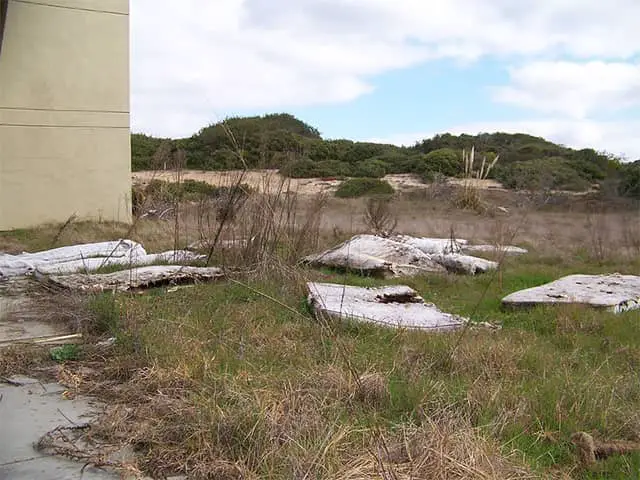
A small amount of the land has been designated an “Ord Military Community”, and is still under Army control. The community is home to units of the California Army National Guard, facilities managed by the Presidio of Monterey and the Army and Air Force Exchange Service PX as well as the Defense Manpower Data Center and a commissary.

Some structures from Fort Ord were demolished. Others, however, remain abandoned and in various stages of disrepair. Lead paint is being removed from the walls and floorboards are becoming weedy. There is also the possibility that some structures could contain asbestos. This is something to be concerned about.
Marina, a city nearby, plans to develop large areas of land within its boundaries, with 1,000 homes planned for construction.
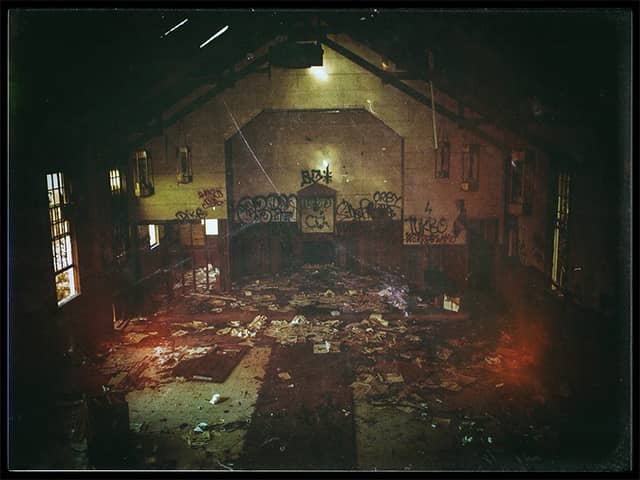
About 20% of the original military structures remain standing today, with lead paint on their walls and weeds visible through the cracks in the floorboards. They will either be removed of all toxic chemicals and used in new construction or thrown away completely. These buildings can still be seen from Fort Ord’s glory years, and the essence of their past lives can still be heard in the streets.
Make sure you are prepared before you go
Open gates are available for many of the remaining frames at regular intervals. Some structures may still contain asbestos or other dangerous materials. The annual “Secret Information of Fort Ord Tour” provides a detailed look into the base’s past.
See more Article from Us: Torpedownia: Place that Torpedoes were tested during World War II

